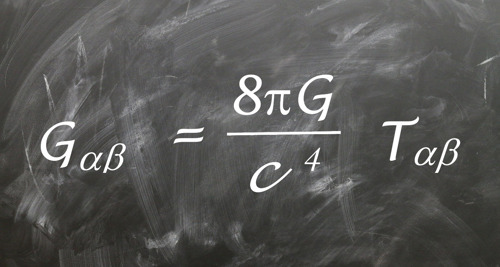Digital Twins help make sense of what is happening. They describe the structure of space and time and the behaviour of the things that flow through it. But as things get bigger and more complex, and time frames become longer, the certainty of forecasting can diminish.
Space is often considered in terms of hierarchy. Components make up assets. Assets combine into processes. Several or many processes make up complete systems. And so on. The hierarchy is important. The higher levels give context to what is happening in the bottom layers. Digital Twins can be initiated at any point in the hierarchy and evolve over time to provide either greater detail from below, or better context from above.
Time can move from the here and now into different futures. The time window of interest may be days, weeks, months, quarters, years or decades, reflecting the different pressures on planning, affordability, technology readiness, society, economy and the environment. Decisions taken today can have a significant effect on what happens next and in the years to come. Digital Twins can be initiated at any time in the process, to tackle both new and legacy problems.
Keith Bontrager, the father of mountain bikes, famously said: “strong, light, cheap, pick two.” The same might be said when balancing space, time and certainty. When considering strategy and policy direction, space and time can be terribly important. When managing assets, it may be space and certainty. And when using Digital Twins to support assurance, it is often time and certainty. Knowing which questions you want to answer first tells you where and when you start, and how certain forecasts need to be in order to provide trusted and meaningful insights.
* * *
So, what’s any of this got to do with relativity? Einstein’s general theory of relativity shows how gravity moves matter along pathways that are imprinted in the universe by the presence of the matter and energy themselves. Behaviour and structure are inexorably linked. In the world of Digital Twins, and their application to more worldly problems, structure and behaviour are both important. And value, whether it be economical, social or environmental, is the gravity that underpins many of the interactions between the two.
Establishing some certainty in the short and long term value is the ultimate prize.

Read the previous blog in this series, 'Known Unknowns. Unlocking awareness, knowledge and action' here, and catch up with the next episode. 'Trusted friends. Assurance, authority and agency' here. Catch up with all the available blogs in our Digital Twin series here.

